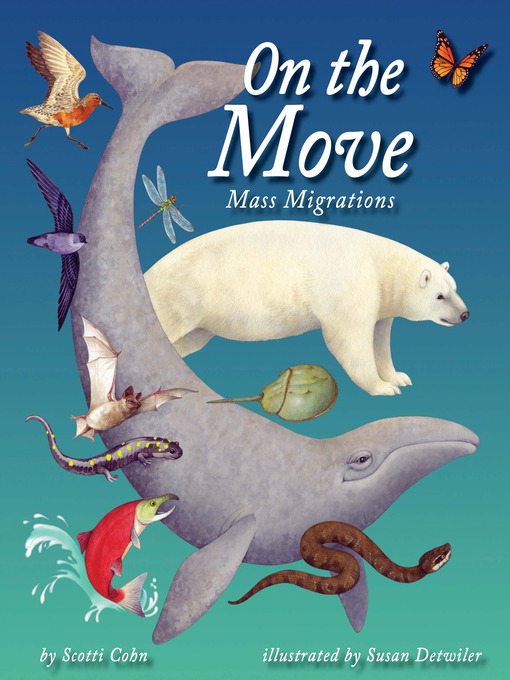Imagine seeing hundreds of the same type of animal gathered at the same place at the same time! Right here in North America, many animals gather in huge numbers at predictable times and locations. Not all migrations are tied to seasonal food changes—some are tied to life cycles. Certain birds, reptiles, mammals, amphibians, fish, and even insects migrate during spring, summer, fall, or winter. Travel along with them as you learn about what puts these animals On the Move.
- Available now
- Time to Brush Up On Some Classics?
- New eBook additions
- New kids additions
- New teen additions
- Most popular
- Try something different
- Series Starters: Mystery (ebooks)
- See all ebooks collections
- 2025 Audie Winners
- New audiobook additions
- Available now
- New kids additions
- New teen additions
- Celebrity Readers
- Quick Listens
- Series Starters: Mystery (audiobooks)
- See all audiobooks collections
- Home & Garden
- Tech & Gaming
- Business & Finance
- Fashion
- Health & Fitness
- Travel & Outdoor
- Celebrity
- Food & Cooking
- Family & Parenting
- News & Politics
- Photography
- See all magazines collections



